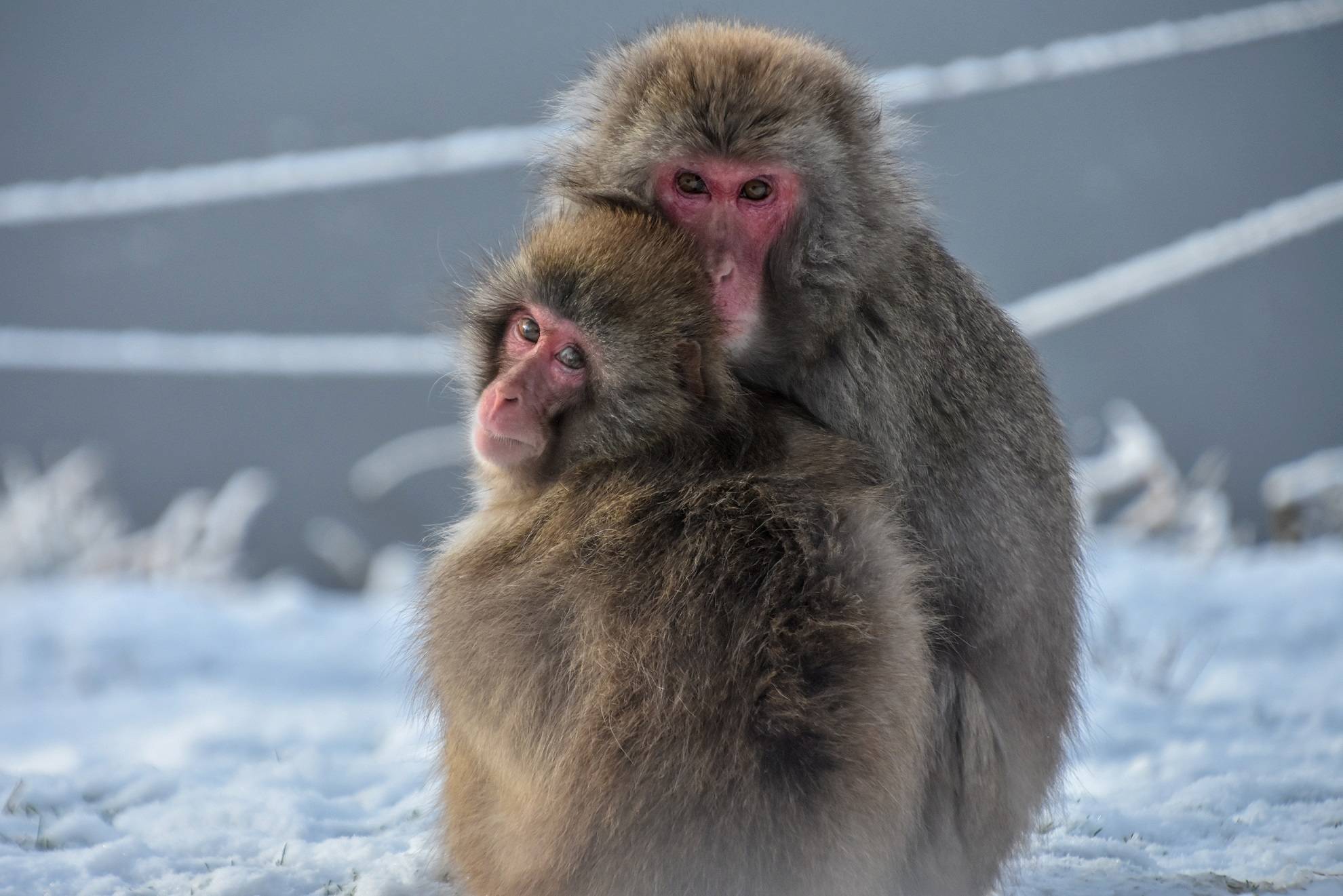Eurasian eagle-owl
Bubo bubo bubo
![Eurasian eagle owl looking at camera [eye contact] IMAGE: Amy Middleton 2022](https://images.rzss.org.uk/media/Highland_Wildlife_Park/HWP_animals/Eurasian_eagle_owl/eurasian_eagle_owl_1.jpg)
We currently have one male Eurasian eagle-owl in our collection named Roger.
The Eurasian eagle-owl is one of the world’s largest owls. It is recognisable for their size, ear tufts and orange eyes.
They are a nocturnal predator with powerful talons and a sharp beak. They can take down large prey including hares, foxes and even other birds of prey.
These owls inhabit a wide range of environments, including cliffs, forest and urban areas. They usually nest on the ground, in rock crevices or in abandoned nests of other large birds.
The population of Eurasian eagle-owls has faced challenges. These includes habitat loss, persecution, and collisions with vehicles and power lines. Conservation efforts in some regions have helped numbers recovered.
Population
Decreasing
Diet
Carnivore
Habitat
Forest
Fact file
Eurasian eagle-owls are one of the largest owls and have a wingspan that can reach up to six feet
They have a deep hoot which can be heard for miles around
Their ear tufts aren’t ears at all! They are feathers for display and camouflage
Like other owls, they have specialised feathers that allow them to fly almost silently
![Eurasian eagle owl looking at camera [eye contact] IMAGE: Amy Middleton 2022](https://images.rzss.org.uk/media/Highland_Wildlife_Park/HWP_animals/Eurasian_eagle_owl/eurasian_eagle_owl_1.jpg)
How we're helping
Like all the animals in our care our Eurasian eagle-owl is an amazing ambassador for their relatives in the wild and helps hundreds of thousands of people connect with nature every year. They encourage visitors to learn about the threats facing wildlife and the action they can take to help create a world where nature is protected, valued and loved.
As a wildlife conservation charity, we care for the animals here at the zoo and work to protect species at risk around the world. From providing expertise in genetics and veterinary health, to protecting wild places with local conservation partners, and even restoring threatened species to the wild, we are active where we are needed most.
Find out more about RZSS conservation
